#suburban garden
Text


Little feeding and drinking station for the suburban birds
#birds#garden birds#British birds#British wildlife#suburban garden#small garden#gardening#gardens#plants#nature#ghosti’s plants
132 notes
·
View notes
Text

Last potatoes of the season. You're gonna make some great smashed taters, little guys.
2 notes
·
View notes
Text
youtube
You've seen Chris on the channel, but you've never seen her ENTIRE garden...and it's GORGEOUS. Come along as Chris tours you through her suburban garden in Vancouver, BC, including her experiment growing her own cereal grains.
00:00 - Intro
00:34 - Front Pollinator Patch
02:17 - South Side Of The Greenhouse
06:54 - North Side
09:47 - Thyme Patch/Apple Tree Bed
11:27 - Green Ground Cover
12:44 - Wooden Beds
13:51 - Tomato Bed
17:13 - Cereal Patch
20:40 - Path To The Back Garden
23:49 - Back Garden
IN THIS VIDEO
→ GreenStalk 7 Tier: https://bit.ly/3Aqi2DW
→ Organic GardenStraw: https://bit.ly/3QJ4Jns
→ Birdies Beds: https://bit.ly/3Cb17XA
#epic gardening#solarpunk#gardening#garden#Vancouver#BC#canada#suburban garden#cereal grains#Greenhouse#fruit tree#raised bed#raised garden beds#garden bed#Youtube
4 notes
·
View notes
Text

11.05.22
#bluebells#spring#cottage garden#garden border#garden#suburban garden#do we even say suburban in this country?
8 notes
·
View notes
Text

Not private. Free to view.
3 notes
·
View notes
Text
Creating Serenity with Hedges in Suburban Gardens
Suburban gardens offer the perfect opportunity to transform outdoor spaces into serene havens. At InstantHedge, they believe that hedges are an essential element in achieving both privacy and curb appeal in these landscapes. With their carefully cultivated and mature hedges, you can instantly add a touch of elegance and sophistication to your garden. Their wide selection of hedge varieties allows you to tailor your design to suit your personal style and architectural aesthetics. Whether you're looking for a classic and formal hedge or a more modern and playful design, their hedges are the perfect solution to create a peaceful and inviting atmosphere in your suburban garden oasis.

0 notes
Text
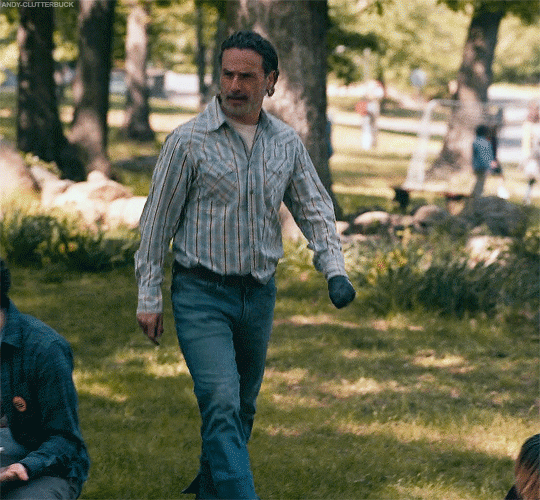




Years - The Ones Who Live - 1x01
#the Hot Suburban Dad at the Barbecue but he's a lil dorky#Rick Grimes#The Ones Who Live#towl spoilers#*#rg#nice gams grimes#as always#i'll still spill the potato salad and meet him in the garden shed#lacey shut up before you go off on a tangent#like he hasn't dated in a while™ and awkwardly offers to hang that wine rack you were talking about#but he's gotta go home and get his drill#*bad drilling joke*#*he blushes and coughs*#anyway i said shut up#bless all the lines on your face#they're beautiful and sacred#/ok going to bed more tomorrow
495 notes
·
View notes
Text

I'm about to lose my fucking mind
#without understanding something in the correct historical context your point is just meaningless#mostly because if you did understand it in the correct context YOU WOULDN'T BE MAKING THIS POINT#the TSP is more like a white suburban woman going nuts at the HOA for a non native grass in her garden#rather than a retail worker trying to get a living wage from a company that could definitely afford to pay more but have capitalist greed#the egyptians didn't even have capitalism so you're comparing two different economic situations that don't match up
221 notes
·
View notes
Text
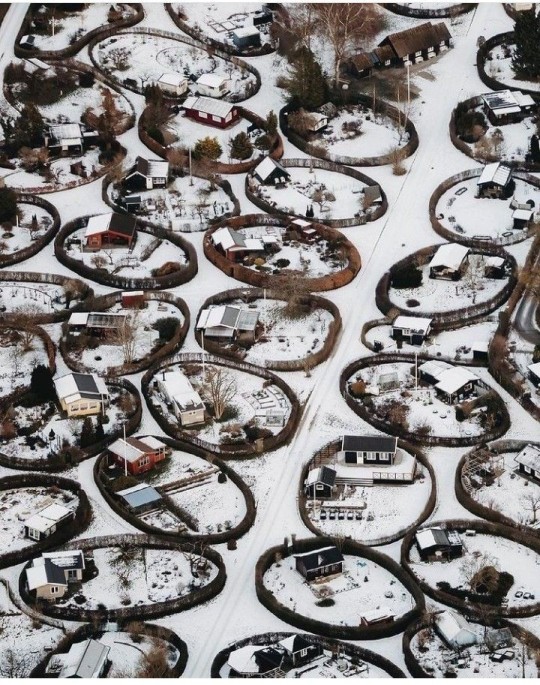


round gardens by landscape architect carl theodor sørensen, naerum suburban district of copenhagen, denmark
#round gardens#landscape#winter#snow#copenhagen#denmark#carl theodor sørensen#architect#uplouds#naerum suburban
67 notes
·
View notes
Text
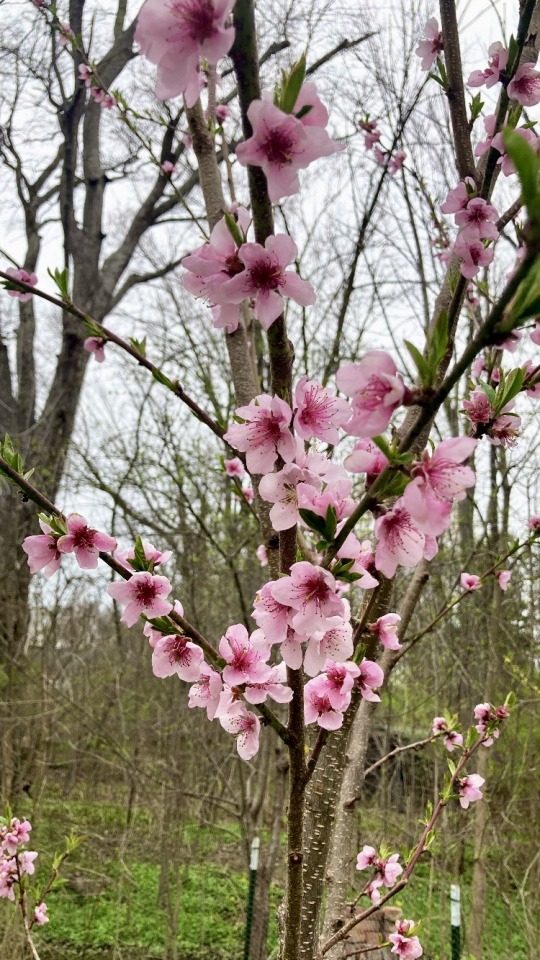

Sorry folks, it’s just that time of year where I obsess over the peach trees. When you’re this beautiful who could really resist?
#gardeners on tumblr#neohio#grow your own#suburban farming#suburban homestead#peach#peach blossoms#mine
30 notes
·
View notes
Text
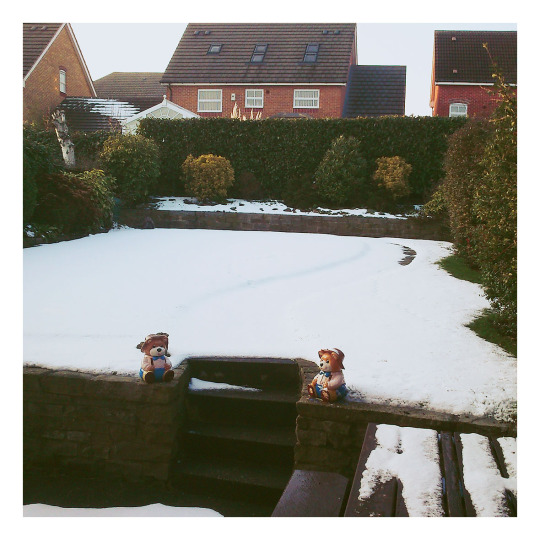
Gedling, Nottingham
#queue#photography#suburbia#england#nottingham#uk#suburbs#suburban#streets#mundane#snow#winter#snowy garden#mundane photography#gedling#shelford road
70 notes
·
View notes
Photo



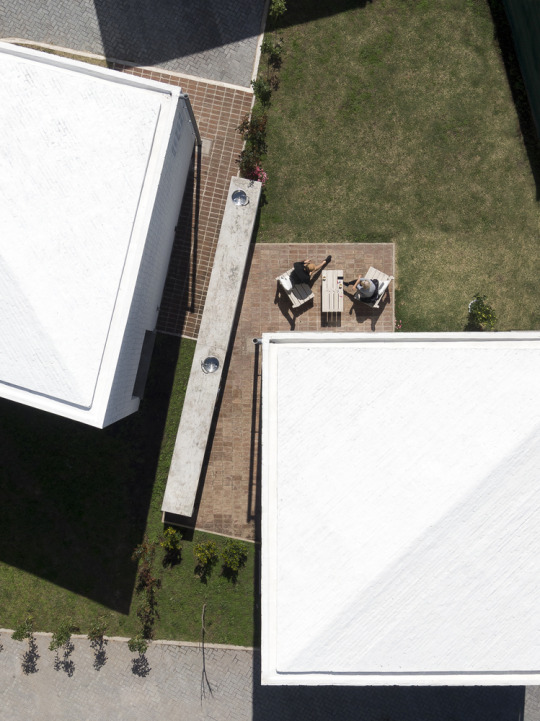
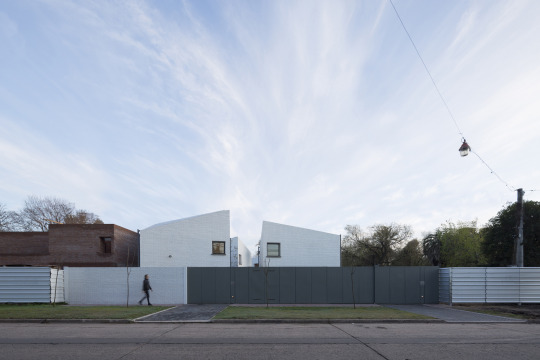

Morrison Housing, Rosario, Argentina - BBOA
https://www.bboa.com.ar/
#BBOA#architecture#building#design#modern#modern architecture#simple#minimal#houses#housing#house#house design#modern house#home#facade#interiors#garden#community#suburban#brick#brick architecture#brick house#light#white#argentina#argentinian architecture#south america#cool houses#beautiful architecture#architect
159 notes
·
View notes
Text
Gardening in Raised Beds On Pavement
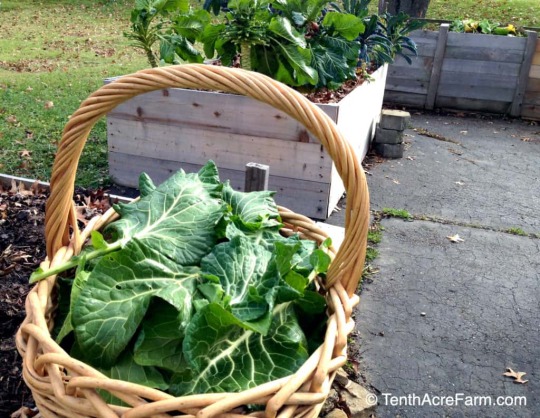
Growing in raised beds on top of pavement is an excellent strategy if you have limited growing space. Let's learn how to make the most of that concrete or asphalt!
Build Tall Beds
Crops need room to send roots down into the soil. Providing plenty of room to grow means your crops have a strong foundation, hold moisture longer, and can access more nutrients in the soil through deeper roots. Raised beds on pavement should be a minimum of 24 inches tall and ideally 32 inches tall! Taller is always better, especially if you live somewhere with hot and/or dry summers.
Filling Your Raised Beds
When you build raised beds on the ground, your crops have access to the soil underneath for draining excess water from above and wicking water up from below. Building on pavement takes this away, so how we fill the beds really matters!
Bottom Layer: Gravel
Fill the bottom of your raised beds with about 6 inches of gravel. This helps fight erosion, helps with drainage, and keeps your crop's roots from coming into contact with the pavement.
Middle Layer: Decomposing Wood
I highly recommend the hugelkultur method. A hugelkultur, or "mound culture" in German, is a raised bed with a base of decomposing wood. Rotting wood encourages fungal networks, holds moisture, and fills the space pretty cheaply. Get some logs, sticks, and other dead wood pieces and make a layer on top of your gravel.
Top Layers: Loose, Rich Growing Medium
There's lots of options for filling this space, but the goal is high-quality organic matter. Avoid bags of potting soil, as these aren't living soil. Living soil self-renews and keeps providing a nutrient rich environment. Potting soil will eventually dry out and lose nutrients. Instead gather things like:
Compost (homemade or purchased)
Coffee grounds (many coffee shops are happy to give out used grounds for free)
Living soil (from your yard or garden, even just a few shovels full will likely contain fungal networks and earthworms)
Grass clippings (not sprayed with anything!!)
Kitchen scraps (egg shells, fruits, veggies)
Leaf mold (leaves that have aged for two years)
Livestock manure
Shredded office paper
Worm casings
Alternate layers of whichever of these materials you're able to get and make a big raised bed lasagna. Save your compost for the top lasagna layer. Then top the whole bed off with mulch! Mulch helps hold water and keeps weeds at bay.
The Best time to Build Raised Beds is in the Fall
You can build beds any time, but building in the fall gives your bed contents time to settle and break down over the winter. Your lasagna layers need time to break down into finished soil, which crops generally prefer. Then just add some more organic matter on top in the spring before planting.
What To Plant
Here's some crop suggestions to go easy on your garden in the first year. After the first year though the sky is the limit!
Beets
Herbs
Leafy greens
Legumes
Onions
Maintaining Raised Beds on Pavement
Irrigate: Even with your fabulous organic material lasagna, your raised bed on pavement will still dry out. Prepare to water regularly, especially in the seed and seedling phase. After your crops get established a deep weekly watering should be enough unless it's extremely hot/dry.
Fertilize: During the summer, add some liquid fertilizer every couple of weeks (during your watering sesh) to push nutrients down into the soil. Some great liquid fertilizer options are comfrey tea, fish fertilizer, and worm tea.
Soil Renewal: Every fall top your beds off with some new organic matter. Over time your raised beds will decompose and sink, so fill those babies back up so they're ready for next spring! And don't forget to mulch!
Aerate: As your layers decompose you'll want to do some gentle aerating with a digging fork to keep the soil loose and crumbly.
Use Cover Crops: Cover crops help enrich the soil and keep it from drying out.
Summer cover crops: Buckwheat, cow peas, millet
Winter cover crops: Daikon radish, oats, winter rye
Happy growing!!
Source
#gardening#urban gardening#small space gardening#raised beds#hugelkultur#suburban gardening#urban farming
160 notes
·
View notes
Text

The Carefree Beauty rosebush is still being productive
19 notes
·
View notes
Text

I am the garlic bread wizard. I CAST BREAD OF GARLIC🥖🥖🥖🥖🥖
#urban fantasy#suburban fantasy#modern fantasy#meme humor#meme#funny memes#memes image#I am a wizard so… basically this is how I use my magic#I summon food#I’m a menace to the local Olive Garden#i steal their garlic bread using my silly little wizard powers#dumb memes#the wizard speaks
46 notes
·
View notes
